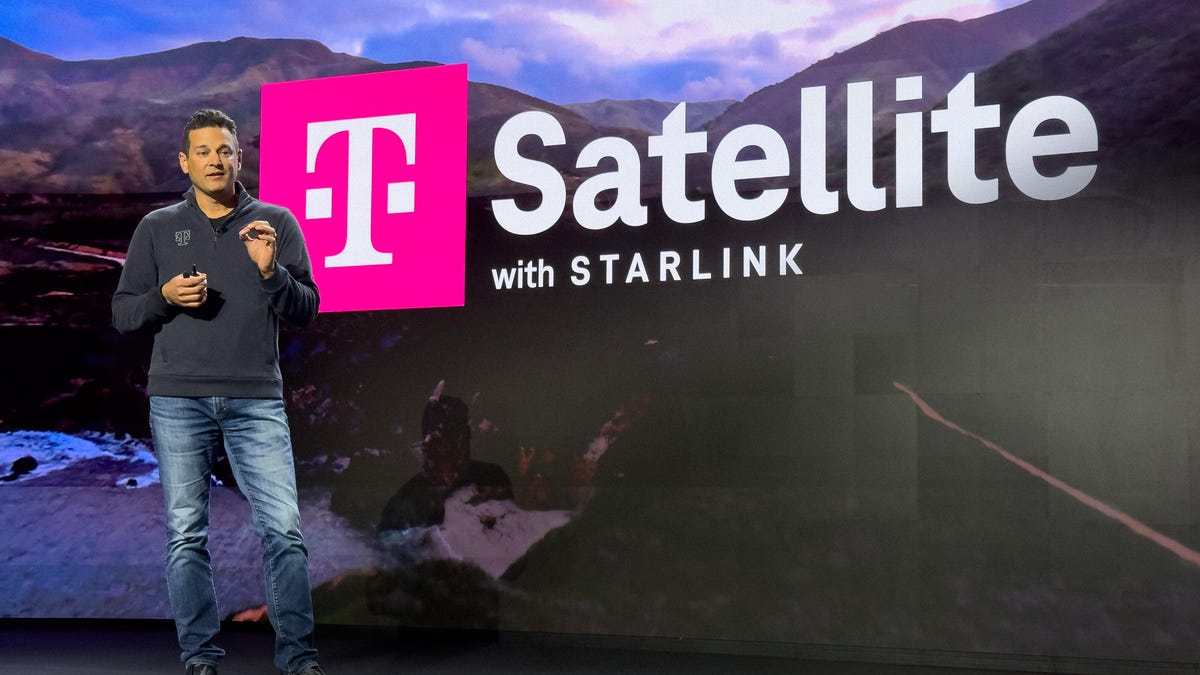At this point, satellite communication using your phone is pretty commonplace feature — not necessarily widespread, but definitely an option on millions of iPhone and Android phones. But until recently, that communication was limited to text messaging, contacting emergency services by text and sharing your location.
T-Mobile’s T-Satellite service, which uses Starlink’s constellation of satellites, is breaking out of that small capsule of features and allowing any developer to code its app with the ability to send and receive data. And as of last week, that includes in-app video and voice calls.
Don’t miss any of our unbiased tech content and lab-based reviews. Add CNET as a preferred Google source.
Satellite communications are extremely limited compared to a phone’s connection to a typical cellular or Wi-Fi network. Apps need to be specifically modified to work with a small stream of data, which is why the service was first available only for the built-in Messages app and for location sharing.
T-Mobile said that its engineering relationships with Google and Apple enabled this initial app support, starting with the Pixel 10 phones. With the release of iOS 26, Apple joins Google in supporting a range of apps — including mapping, fitness, weather and location-sharing tools — that benefit from staying connected in remote areas.
Here’s the current list of compatible apps:
Apple apps compatible with T-Satellite:
Android apps compatible with T-Satellite:
T-Mobile maintains this list on its T-Satellite Support page and will undoubtedly continue to add supported apps to it.
According to Gavin Gee, senior director of product marketing at T-Mobile, the apps will work with T-Satellite regardless of which method of T-Mobile’s satellite service you use. If you have the Experience Beyond plan, it’s included. You can also add T-Satellite as a paid add-on to other T-Mobile plans and get access to the apps. And if you subscribe to a competitor’s plan but you’ve set up T-Satellite as a standalone service on a secondary eSIM for $10 a month, you’ll also be able to take advantage of the apps, too.
When Google launched the Pixel 10 with app support more than a month ahead of the planned launch, Gee said that Google was the first out of the gate with the Pixel 10 device. “Frankly, this feature is just too important for us to hold it back,” he said.
Read more about how I drove 120 miles to test T-Satellite for myself.
Watch this: Hands-On with T-Mobile’s T-Satellite Service
Read the full article here


